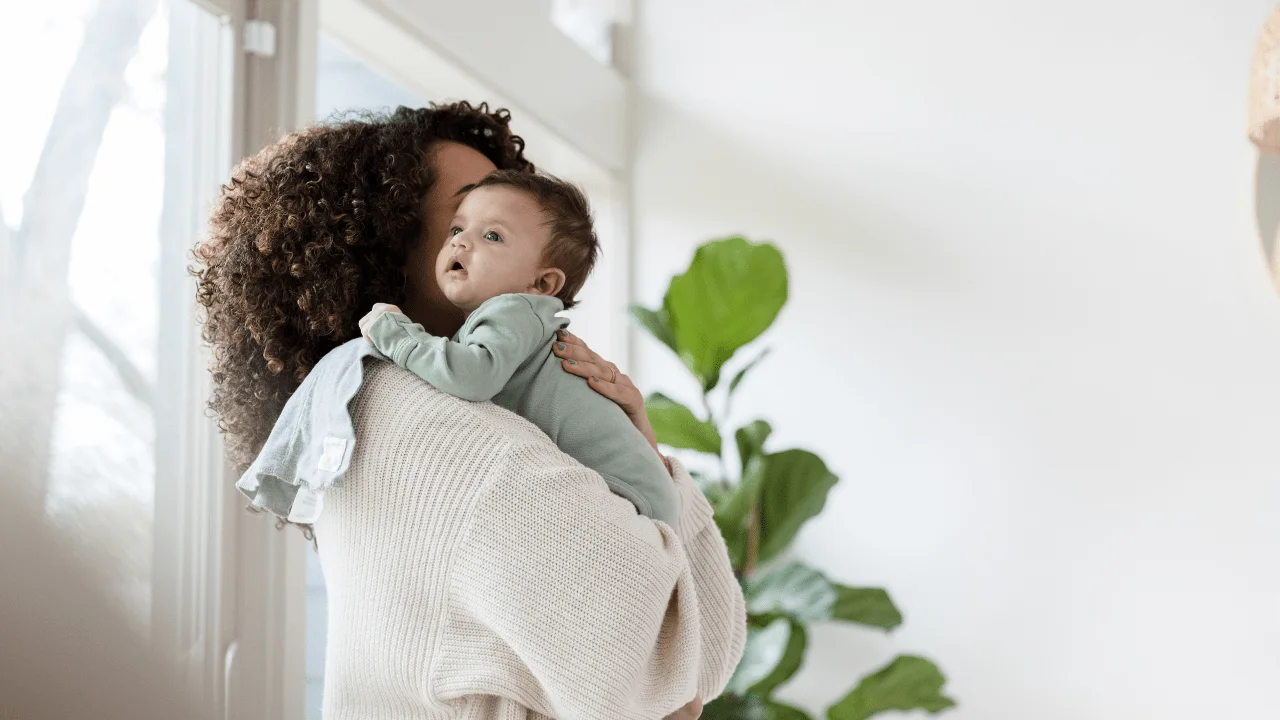
Why do babies burp?
Baby burps are cute – and they serve a purpose. Pint-size belches release air trapped in your baby’s stomach, making him more comfortable and less fussy. Burping also frees up room in your baby’s tummy so he can settle in and feed longer.
Burping (along with smaller, more frequent meals) can also be beneficial for babies who spit up often or have symptoms of gastroesophageal reflux disease (GERD).
That said, there’s no rule that babies have to burp after every feeding. Some babies need to burp a lot, while others rarely do.
In general, breastfed babies don’t need as much burping as bottle-fed babies because they tend to swallow less air when feeding. But every baby is different, so follow your baby’s cues.
If you’re bottle-feeding, you may find that certain types of bottles help your baby swallow less air and reduce the need to burp.
When do babies need to be burped?
If your baby seems uncomfortable while feeding, is squirmy, or pulls away and starts crying, give burping a try. A good strategy is to take a burping break after every 2 or 3 ounces if you’re bottle-feeding, or when your baby switches breasts if you’re nursing. (Don’t bother burping your baby if she seems content or falls asleep during or after a feeding.)
Many babies outgrow the need to be burped by 4 to 6 months old because they don’t swallow as much air as they become more efficient eaters.
Three ways to burp a baby
There’s more than one way to get the job done. Here are three different burping methods you can try. Experiment to find the one that’s most comfortable and effective for you and your baby.
On your chest or shoulder
- Put a cloth over your shoulder (and even down your back) to protect your clothes from spit-up.
- Hold your baby against your chest so her chin is resting on your shoulder.
- Support her with one hand and gently pat or rub her back with the other.
Or try this as an alternative when your baby has more head and neck control:
- Hold your baby farther up on your shoulder – high enough that your shoulder presses lightly on her belly, creating gentle pressure that will let out the burp.
- Support her with one hand and gently pat or rub her back with the other.
- Make sure your baby is able to breathe comfortably and isn’t slumped over too far. A quick peek in the mirror to check her head placement can be helpful.
Sitting on your lap
- Put a cloth bib on your baby or a cloth over your lap to catch any spit-up.
- Sit your baby on your lap facing away from you.
- Use one hand to support his body, the palm of your hand supporting his chest while your fingers gently support his chin and jaw. (Make sure you’re not putting your fingers around his throat.)
- Lean your baby slightly forward and gently pat or rub his back with your other hand.
Face down across your lap
- Put a cloth over your lap to catch any spit-up.
- Lay your baby face down on your legs so she’s lying across your knees, perpendicular to your body.
- Support her chin and jaw with one hand. Make sure your baby’s head isn’t lower than the rest of her body so blood doesn’t rush to her head.
- Pat or rub her back with the other hand.
Note: If you don’t get a burp after a few minutes, try a different position. If that doesn’t work, it’s fine to stop – your baby may not need to burp.
Read more about


Add a Comment